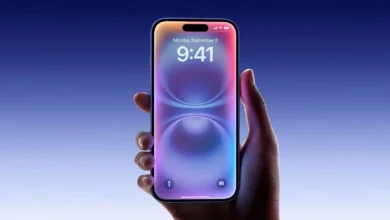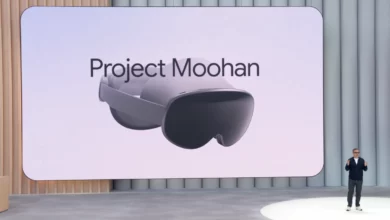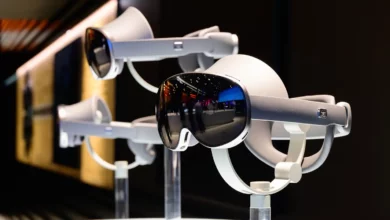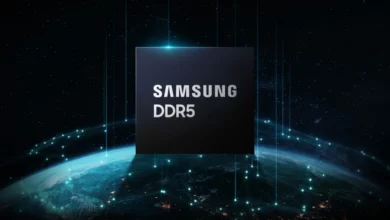Galaxy Z Flip 3 Folding Test: folds and unfolds 420,000 times and still working
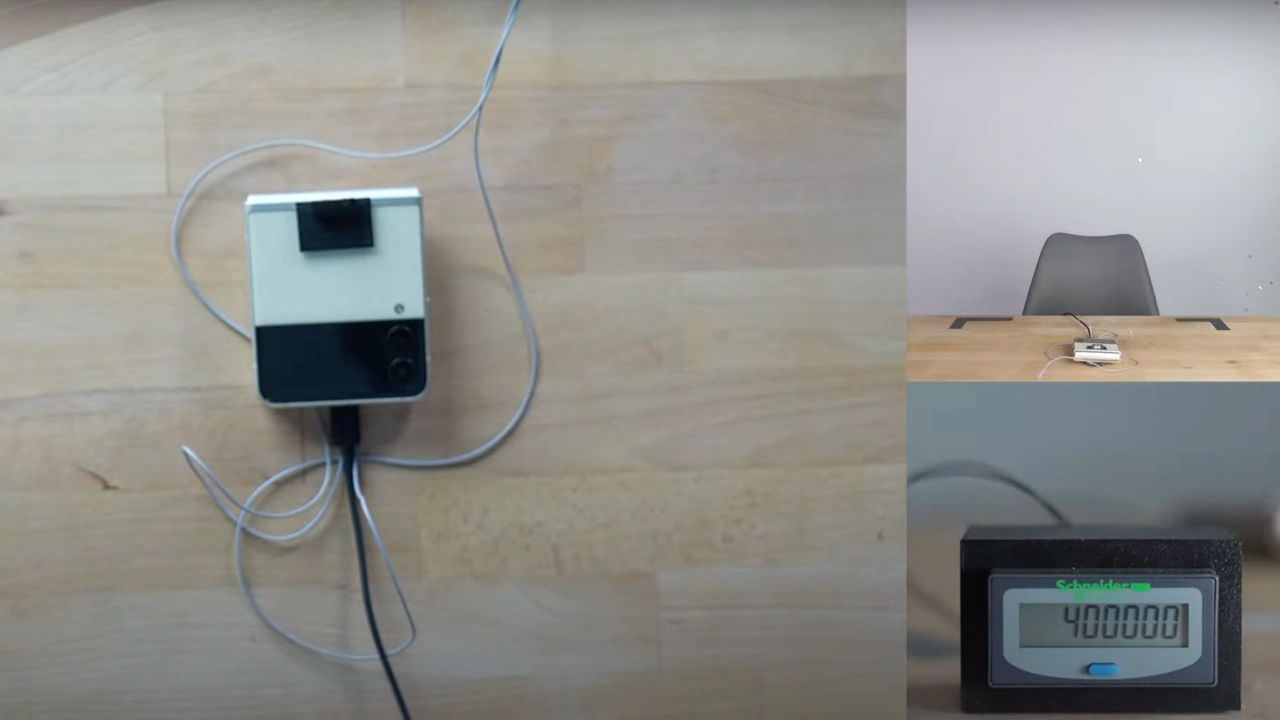
If you are a fan of Galaxy Z Flip 3, then today, we are bringing you some entertaining and enjoyable news.
On 5th June, a YouTuber named Mrkeybrd uploaded a video on youtube titled,” How Many Times Can a Samsung Z Flip 3 Fold Before It Breaks?”
It all started with a video with the tag #TheGreatFoldingTest. The user started flipping the Galaxy Z Flip 3 with the introductory video and shifted it to Livestream on 8th June. He then invites several people to flip the phone twice a second continuously.
“Even if you open and close the device 100 times a day, you can use it for more than 11 years, and if you do it 200 times, you can use it for five and a half years,” he said based on consumer’s feedback.
To test this theory and also in response to many users complaining about the cracking and malfunction in the display of Galaxy Z Flip 3, he conducted a test that used a machine similar to Squaretrade Fold Bot and Samsung’s foldable devices for doing 80000 flips counts.
But eventually, he ditched the original plan and decided that every 2 hours, a new person would flip the phone and count it. After this, he went to live stream and ended on 13th June with a count of 418500 counts.
In between, these people dip the device in muddy waters and throw dirt & sand at the device to replicate the beach conditions.
After 352,000 times phone became a little loose at the hinge but continued till 418500 counts, then dropped it on the floor to perform the ‘drop test’ 16 times, resulting in cracking the exterior and partially lifting the hinge, but the phone still worked.
After about 142 hours and 30 minutes test ended with 418,506 flip counts with the Galaxy Z Flip 3, the hideaway hinge made little noise but still responded to the touch, and the screen turned on fine with minor scratches.
This test was unique and was way fun to test the durability and endurance of the phone. Samsung did a commendable job with its flagship smartphone.
Clamshell-designed Galaxy Z Flip 3 5G has a foldable form factor. Galaxy Z Flip and Z Fold series, Samsung promoted fold & flip ability as a helpful feature to attract consumers for standing out in the crowd.
Samsung officially says the Z Flip 3 is 200,000 folds certified by Bureau Veritas.
When the device is closed, the cover display allows you to view your notifications, and playing music does other practical small tasks. The phone measures 4.2 inches diagonally when folded, so it easily fits into a pocket or purse featuring a Hideaway Hinge. Samsung’s Flex Mode Apps will reorient to fit the screen, letting you send messages or browse the web without holding the phone. Other features Samsung claims for durability are armour aluminium frame and rated as IPX8 water-resistant &Corning® Gorilla® Glass VictusTM.
So hope you enjoyed this experience. Suppose you own or are planning to buy a flippable clamshell design smartphone and worry about the device’s fragility. In that case, you should consider watching the video and visiting the given links for more information that will give you the confidence to reassure your purchase of the Galaxy Z Flip 3.
